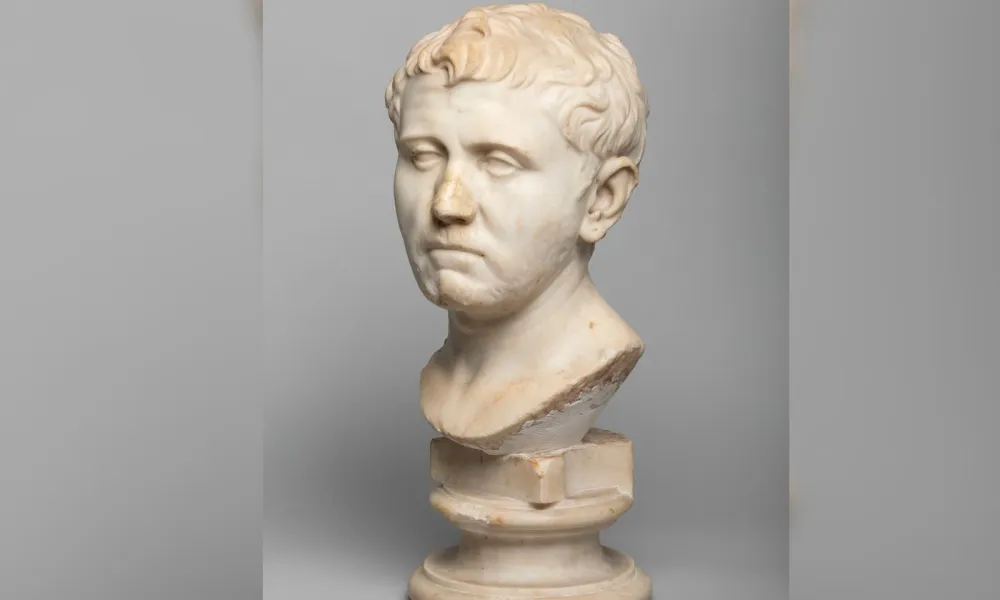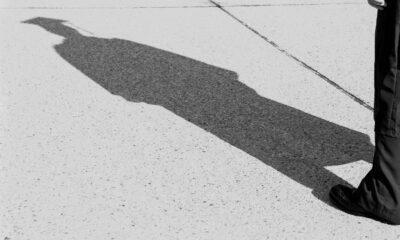News
Sculpture bought at Texas Goodwill for $34.99 was actually a missing Roman bust

Laura Young, who is a Texas antiques dealer, bought a statue at a Goodwill store in 2018 for just under $35. Young said she initially suspected she had come across something “very special,” she was surprised to learn that the piece would turn out to be a priceless Roman bust dating back to 2,000 years.
Young’s first thoughts was: “He looked Roman. He looked old.” And once she purchased the statue, she told the San Antonio Express-News, “in the sunlight, it looked like something that could be very, very special.”
It had taken years to determine the authenticity of the bust. However, after consulting several experts, Young was able to notify the German government of the finding and decided to return it to the Bavarian Administration of State-owned Palaces, the newspaper reported.
Firstly, Young said she wanted it to be put on display in her home state and an agreement was eventually made to allow the sculpture to be put on exhibit at the San Antonio Museum of Art.
“I babysat this artifact for nearly four years. I’m so excited for other people to know about him and see him,” Young, an Austin antiques collector, told the American-Statesman on Friday.
The bust was sculpted sometime between the late first century B.C. and early first century A.D. The bust was part of the collection of a German king, and it had ended up in a replica of a Roman villa-turned-museum in the German town of Aschaffenburg in the mid-1800s, according to the San Antonio museum. It was transferred to a storage facility just in time to miss the villa’s partial destruction in bombing during World War II.
It’s not known how the bust got to Texas, and the last time it was heard of was in a 1950s note saying it was stolen, according to Lynley McAlpine, who is a postdoctoral curatorial fellow at the San Antonio Museum.
“Then in the fall of 2018, a flow of emails came in,” McAlpine said. “There was a flurry of excitement.”
Pompey the Great had fought against Julius Caesar and was assassinated after his army was defeated and he fled to Egypt. Pompey had taken up his father’s fight against Caesar’s forces and was eventually captured and executed without trial, on Mark Antony’s orders, according to the British Museum.
If the bust does portray Sextus Pompey, “it’s a portrait of an outlaw, a sort of enemy of the state,” McAlpine told the newspaper. “It’s unusual to have something like this. It’s also interesting that someone preserved it and had it in their collection as a personal enemy to the emperor. That could be dangerous to display something like that.”
The New York Times reported that the bust could also have been made in the likeness of Nero Claudius Drusus Germanicus, a Roman commander whose forces had at one time occupied German territory.
-

 Education3 days ago
Education3 days ago‘Grading for Equity’: Promoting Students by Banning Grades of Zero and Leaving No Class Cut-Ups Behind
-

 Family3 days ago
Family3 days agoIdaho defends against abortion mandate
-

 Civilization4 days ago
Civilization4 days agoNewsom plays silly abortion politics
-

 Constitution2 days ago
Constitution2 days agoPresidential immunity question goes to SCOTUS
-

 Civilization4 days ago
Civilization4 days agoWaste of the Day: China Still Owes Over $1 Trillion to American Bondholders
-

 Education17 hours ago
Education17 hours agoCHAPTER 11: Critical Race Theory: A Species of the Ideological Thought Genus Marxism
Space Is No Longer the Final Frontier—Reality Is [forthcoming release May 2024] -

 Civilization4 days ago
Civilization4 days agoCurrent Conflicts Demonstrate Need for More and Better Tanks In Eastern Europe
-

 Civilization2 days ago
Civilization2 days agoMarine Corps Force Design: In Defense of Chowder II

